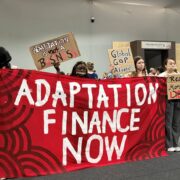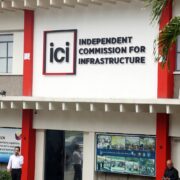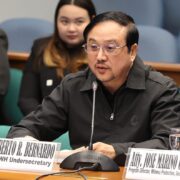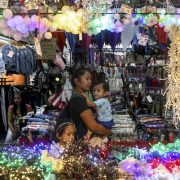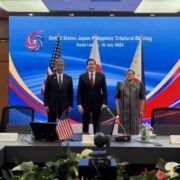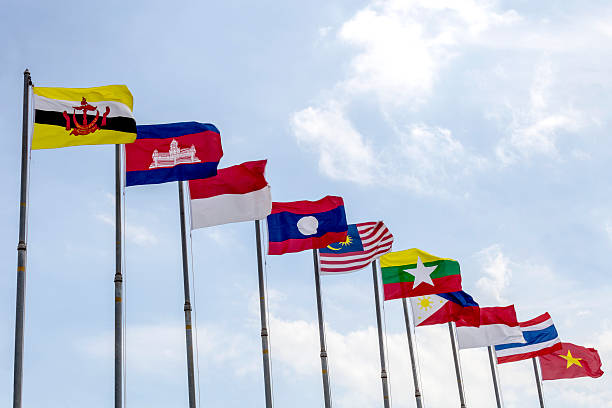PH climb to higher income status seen in 2026

The Philippines might finally transition to an upper-middle income country (MIC) in 2026 if it can sustain economic growth of at least 6 percent, the state’s top socioeconomic planner said.
At a press conference, Seretary Arsenio Balisacan of the National Economic and Development Authority (Neda) said that while the ascent to the next higher income group was “challenging,” it was still possible next year if the economy can squeeze out strong growth numbers.
That outlook was still within the goal of the Marcos administration, which wants the country to elevate to the upper-middle income bracket in late 2025 or early 2026.
“I think the upper-middle income status is challenging. But I think if we get 6 percent [growth] this year, 6 percent next year, we should achieve that status next year,” Balisacan said.
To be an upper-middle income economy means to have a per capita gross national income (GNI)—or the total amount of money earned by a country’s people and businesses at home and abroad—of between $4,516 and $14,005.
In Southeast Asia, Indonesia, Thailand and Malaysia belong to this group, while Singapore and Brunei are in the high-income bracket.
Despite posting a new record-high GNI per capita of $4,230 in 2023, the Philippines has been classified as a lower MIC since 1987, reflecting the slow progress the country is making to expand its economy in step with population growth.
Fixated
It is the World Bank that computes the GNI, which is expressed in US dollars using conversion factors derived according to the Atlas method. From there, the Washington-based lender updates the income classifications each year on July 1, based on the GNI per capita of the previous calendar year.
Indeed, climbing to the next higher bracket would be a milestone for the Philippines. But such a feat means the Philippines is also bound to lose some economic perks that only lower income nations can enjoy, such as concessional loans and certain preferential tariff treatments.
Balisacan recognized that many are “fixated” on the time when the Philippines can finally climb to the next higher income group. However, he said there were more important indicators to look at like employment, poverty reduction and literacy.
“It (GNI) is a useful measure; it’s a broad measure. But unfortunately, it cannot capture everything, especially those things that really matter for the well-being of the country’s citizens,” he said.


